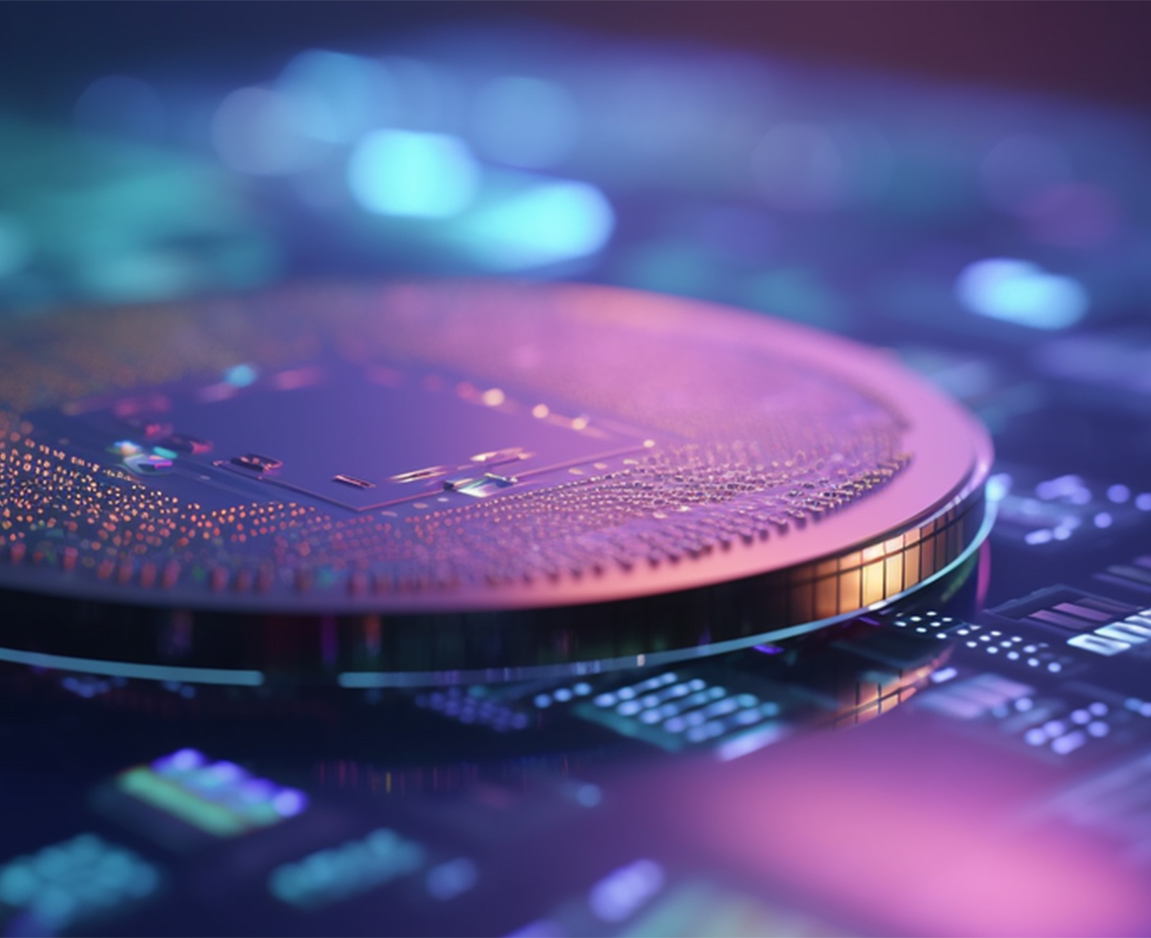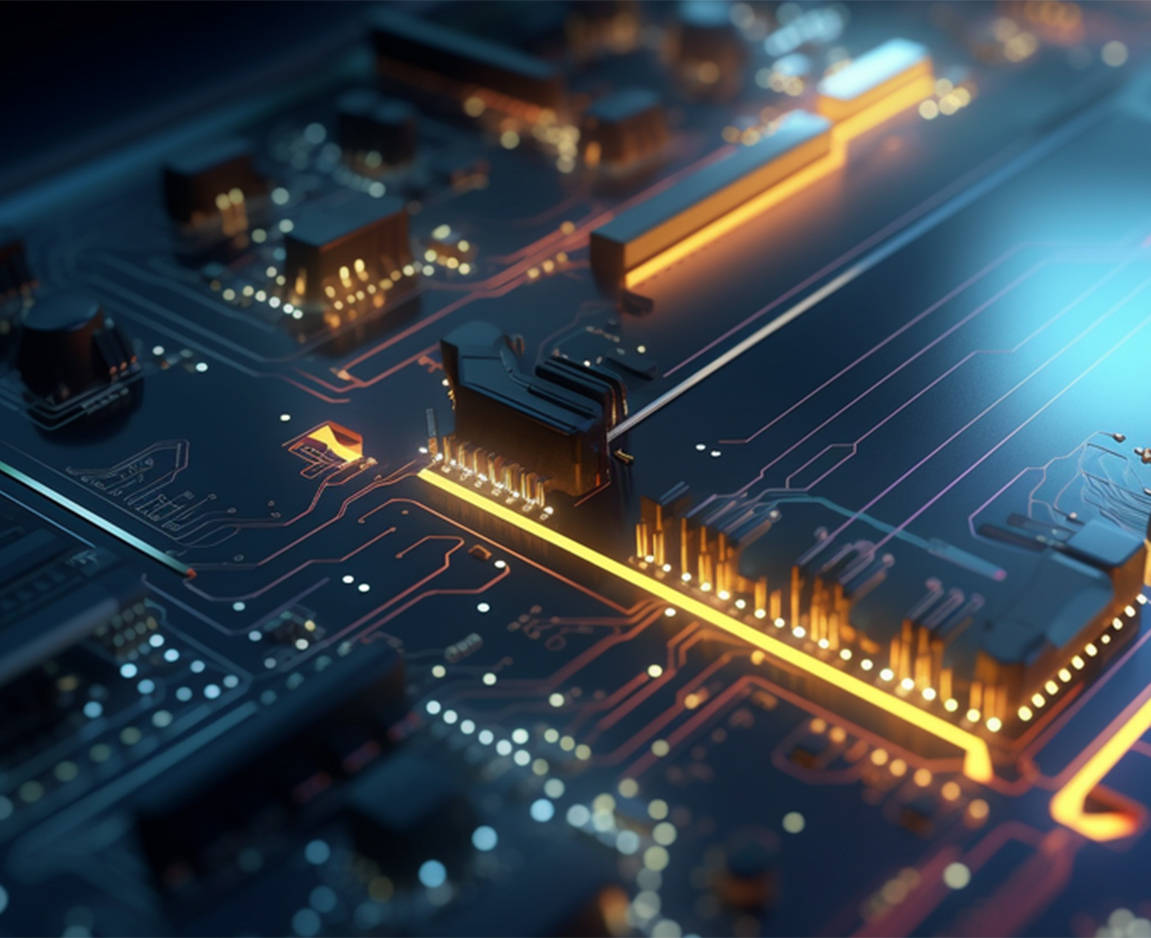According to Jack Kilby, the creator of integrated circuits, an integrated circuit is a semiconductor device in which every component of an electronic circuit is completely integrated. Technically speaking, integrated circuits are electronic circuits or devices made by dispersing trace element patterns onto semiconductor substrates (substrates).
The development of integrated circuit technology in 1958 brought about an unprecedented global transformation. A common name for integrated circuits is "chip"
Ⅰ. What is an integrated circuit
A tiny electronic device or component is called an integrated circuit. It has become a microstructure with necessary circuit functions; All components are built as a whole, taking a big step towards miniaturization, low power consumption, and intelligence in electronic components. The transistors, resistors, capacitors, inductors, and other components and wiring required in a circuit are interconnected through specific processes, manufactured on one or more small semiconductor chips or dielectric substrates, and then packaged in a package.
In circuits, it is represented by the letter "IC". Jack Kilby and Robert Noyth are believed to have created integrated circuits based on silicon (Si) and germanium (Ge), respectively. Currently, the majority of applications in the semiconductor industry are silicon-based integrated circuits.
A new type of semiconductor device called integrated circuits was born in the late 1950s and early 1960s. It combines semiconductors, resistors, capacitors, and other components required to create circuits for specific purposes, as well as the connecting wires between them, into a tiny silicon chip, and then solders the electronic devices in the package. Its packaging shell has various shapes, including circular, flat, and double row.
Chip manufacturing technology and design technology are both components of integrated circuits, mainly manifested in processing tools, packaging and testing technology, batch production technology, and design innovation capabilities.
Ⅱ.What is a chip
Microcircuits, microchips, and integrated circuits are other names for chips (ICs). A miniature silicon wafer with integrated circuits, often used in computers or other electrical equipment.
The general term "chip" refers to semiconductor products and components. It serves as the carrier for chip sized integrated circuits (ICs). Integrated circuits exist in silicon wafers, which are extremely small silicon components. Computers or other electrical equipment include it.
Ⅲ. The difference between integrated circuits and chips
1 Different effects
More circuits can be installed on the chip. According to Moore's Law, the number of transistors in integrated circuits doubles every 1.5 years, which increases the capacity per unit area, reduces costs, and improves functionality.
The construction of integrated circuits unifies all components into one unit, greatly improving the miniaturization, low power consumption, intelligence, and high reliability of electronic components. On a pea sized material, an integrated circuit can accommodate hundreds of thousands of discrete transistors. So many vacuum tubes will be too expensive and bulky. The development of integrated circuits has paved the way for technology in the information age.
Nowadays, integrated circuits are widely used in various industries, including automobiles, toasters, and amusement park facilities. Almost all electronic products use integrated circuits, which has completely changed this industry. Modern computer processors and microcontrollers are compact and inexpensive integrated circuits, making computers, mobile phones, and other digital home devices an important component of contemporary civilization.
2 Different shapes and packaging
Chips are usually manufactured on the surface of semiconductor chips, which is a technology for miniaturizing circuits (mainly semiconductor devices, but also passive components, etc.). Dual In Line Package (DIP) is the most widely used standard by almost all chip manufacturers. This represents a rectangular package with pins spaced 0.1 inches and multiples of 2.54 millimeters (0.1 inches) between consecutive rows. Therefore, many chips can be assembled on a single board and maintained perfectly aligned using a standard "grid" with a spacing of 0.1 "x0.1". With the introduction of MSI and LSI chips, some slightly larger DIP packages can accommodate a higher number of up to 40 pins, including several early CPUs, although the DIP standards have not actually changed.
Compact electronic components or small tools are called integrated circuits. In order to facilitate operation and assembly onto printed circuit boards, as well as protect equipment from harm, integrated circuits are placed in protective packaging. There are many different types of data packets.
Specific packaging types are registered with commercial organizations such as JEDEC and ProElectron, and have standardized dimensions and tolerances. Other categories are proprietary names and may only be produced by one or two manufacturers. The final step before testing and shipping the finished product to the customer is IC packaging.
Sometimes specialized integrated circuit chips can be directly connected to the substrate without using intermediate connections or carriers. In the flip chip system, solder bumps are used to connect the IC to the substrate. The metalized solder pads used in traditional chips for wire bonding connections are thicker and extended in wire harness technology to achieve external connections to the circuit. The device is moisture-proof by using additional packaging or epoxy resin filled components with "bare" chips.
The contact terminals (pins) of the circuit protrude from the main body of the integrated circuit (IC), which is housed in a sturdy housing made of insulating materials with good thermal conductivity. According to the pin configuration, different IC packaging types can be used. Dual In Line Package (DIP), Plastic Quad Plane Package (PQFP), and Inverted Ball Grid Array (FCBGA) are examples of packaging types.
3. Different production methods
Transistors, resistors, capacitors, and inductors are interconnected using specific programs in integrated circuits, which are created on one or more tiny semiconductor chips or dielectric substrates and then packaged inside tubes. The manufacturing of chips starts with single crystal silicon wafers (or III-V group materials, such as gallium arsenide), which are then used as substrate layers. Then use photolithography, doping CMP and other technologies are used to create MOSFETs or BJTs and other components, and then thin film and CMP technologies are used to create wiring to complete the chip.
The above introduces the difference between chips and integrated circuits. Due to the similarity between surface IC packaging and chip packaging, integrated circuits are commonly referred to as chips. A set of integrated circuits is usually referred to as a chipset, rather than an IC set. Almost all modern electrical equipment uses integrated circuits or ICs. The emergence of integrated circuits benefits from the advancement of semiconductor technology and manufacturing technology.
Before developing integrated circuits (ICs), vacuum tubes were used to implement logic gates and switches in all computer devices. Essentially, vacuum tubes are quite large and high-power devices. Discrete circuit components need to be manually connected, just like in any circuit. These impacts result in even the most basic computing functions requiring considerable and expensive small tools. Five years ago, computers were huge and expensive, while personal computers were a distant dream.
Related information
-
Phone
0755-85270899 -
Wechat


